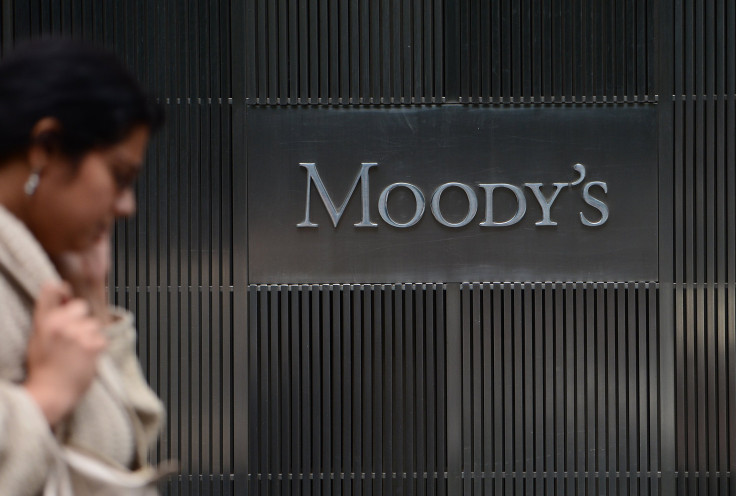Moody’s Cuts China Government Bond Outlook From Stable To Negative

Moody’s Investors Service downgraded China’s credit outlook from stable to negative Wednesday, citing “ongoing and prospective weakening of fiscal metrics,” falling foreign exchange reserves due to increased capital outflows, as well as “uncertainty about the authorities' capacity to implement reforms.”
According to estimates by Moody’s, the Chinese government’s debt has increased sharply to 40.6 percent of the country’s gross domestic product in 2015, up from 32.5 percent in 2012, and the rating agency expects it to rise further to 43 percent in 2017. Debt affordability, however, was expected “to remain high as large domestic savings will continue to fund government debt.”
China’s foreign reserves have decreased by about 20 percent from their peak in June 2014, when they stood at about $3.2 trillion. At the end of January 2016, the figure was lower by $762 billion, but the reserves are still ample, particularly in relation to the country’s external debt, said Moody’s on its website.
The outlook downgrade also mentions pressures on the yuan exchange rate and “weakening confidence in the ability of the authorities to maintain economic growth and implement reforms.”
However, the rating agency reaffirmed its Aa3 rating (its fourth-highest rating) for long-term Chinese debt, saying “China's fiscal and foreign exchange reserve buffers remain sizeable, giving the authorities time to implement some reforms and gradually address imbalances in the economy.”
Moody’s also said it could further downgrade its rating for China if it observed a slowing pace “of reforms needed to support sustainable growth,” and conversely, would revise its rating back to stable if “government policy was likely to succeed” in halting the “deterioration in China's fiscal metrics” in its consideration.
Andy Ji, a Singapore-based foreign-exchange strategist and economist at Commonwealth Bank of Australia, told Bloomberg: “There’s no new information here, just recognition of the issues we’ve known for years.”
Chinese stock markets seemed to agree, with both the Shanghai Composite and Shenzhen Composite indexes trading over 2.5 percent higher in afternoon trade Wednesday.
Rival rating agency Standard & Poor’s rates China at AA-, while Fitch Ratings gives China an A+ rating. S&P’s rating is equal to Moody’s while Fitch’s is a level lower. Both agencies have a stable outlook for China in the long-term.
© Copyright IBTimes 2024. All rights reserved.





















